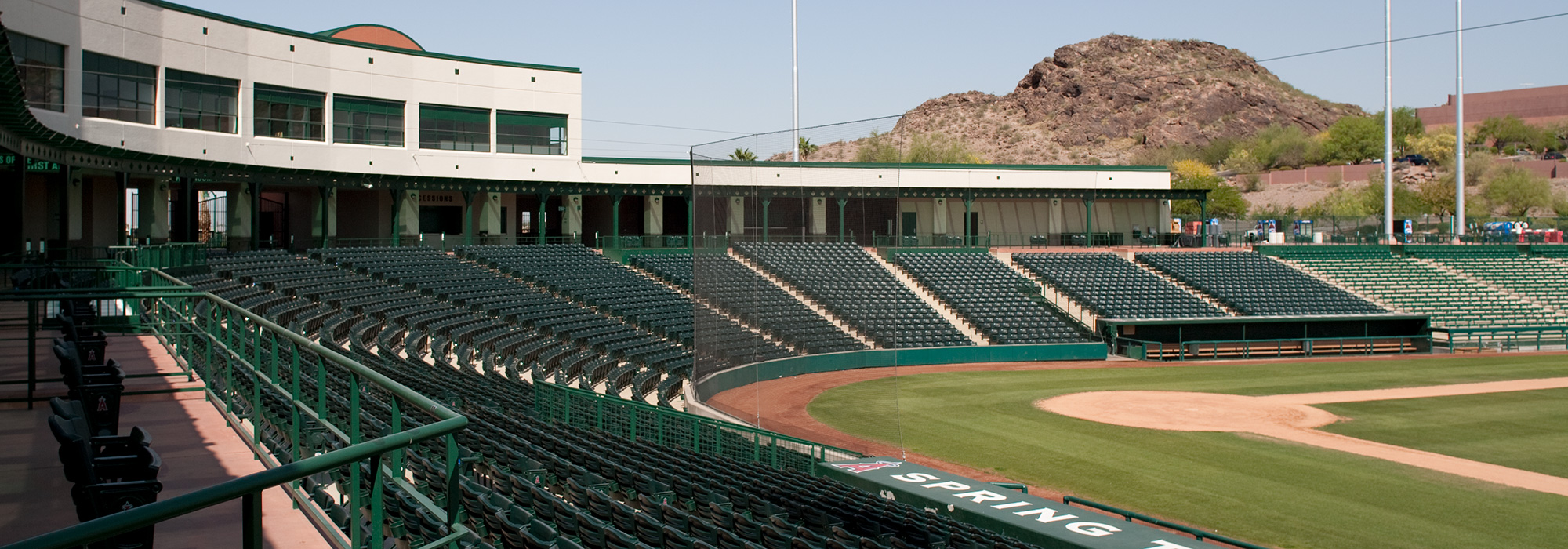Backcountry skiing is a physically demanding sport, and conditioning away from the slopes can help prevent injuries. You don’t train for the good days, you train for the cold and long ones. People generally hate to “train”. The outdoor athlete is usually, well, outdoors! Staying in shape comes naturally to the experienced, but not to beginners. When you are stronger you increase your survivability and are safer as a result. You are most injury prone during the first hours or days of a ski tour. Ski touring has its own training effect that is more sport-specific than any exercise you could do in the gym. Conditioning before a trip prepares you for the initial exercise stress of the trip, reducing muscle soreness, increasing ski performance and speeding your adjustment to higher altitudes. Losing excess body weight and doing cardiovascular training improves power and endurance.
Training for backcountry skiing is not like training for cross-country skiing. Strict aerobic training like long-distance running is not enough! Not only do we travel long distances, which requires aerobic training, but we also must carry heavy packs and climb hills, which require anaerobic training. Building an aerobic base with long runs, swimming and biking helps to build a foundation for harder training such as running wind sprints, running stadium stairs and doing swimming one lap sprints.
The North American Skiing Training Center at Truckee, California identified five areas of conditioning important for skiing: Strength, speed/power, balance, flexibility and endurance.
• SPEED/POWER: The stereo type of skiers training is the skier who is jumping back and forth over a box. This is basic Plyometrics or “jump training” originally developed by eastern bloc-Russian trainers. Plyometric is best described as “explosive-reactive” power training. We can also develop this fast reactive training when we run mountain trails since that also develops reaction speed by jumping up and over obstacles. One legged squats
• STRENGTH: Nothing develops strength and muscle size like weight lifting. Most alpine ski teams, including the U.S. team, have strength trainers who emphasize overall body training. Exercises that include core body muscles are the best, such as: Squats, Sit Ups on an Exercise Ball, Bench Presses, Pull ups, Lunges, Inclined leg presses are the best at building whole body strength. Three sets of 12 should be done three days/week when aerobic training is not being done since that may interfere with weight training strength gains. Another one: lie on your back and squeeze a gym ball between your lower legs. Raise your legs to a 45 degree angle with the floor and lower slowly. Keep your back pressed against the floor. Do three sets of 12.
ENDURANCE: Running and biking are great for developing over all endurance which in turn will help the body faster adjust to higher altitudes by increasing
the efficiency of aerobic pathways. Swimming is also a great conditioner for this purpose. Keep your heart rate at 60% of your age adjust maximum. (220
beats per second – your age = max. heart rate x 60% = training heart rate).
FLEXIBILITY: The gym ball and medicine ball have become popular for exercises that stretch leg and inner leg muscles. Stretching should emphasize the hamstrings, hips and back. For example, try placing your leg on a standard chair seat and lower the body-you’ll feel how tight your back leg muscles are from seating. Hold this and all stretches for 20 seconds.
BALANCE: Holding a medicine ball with both hands, pick up your right leg a few inches above the ground while squatting a few inches with your left leg.
Repeat with the opposite leg. Each leg needs to work independently. Strength and balance work together to stabilize your body during ski movements.
With the proper conditioning you will ski with more confidence. Your joints will also be protected with an extra amount of muscle that’ll encase the joint like a protective brace. The core or the body links the upper body with the lower body. Balancing and stretching when practiced together help to make the body more flexible. There are numerous sources of ski conditioning on the internet. Or you can get into a ski conditioning class at your local recreation center. Try it! You’ll meet fellow skiers and you’ll have fun doing it!

